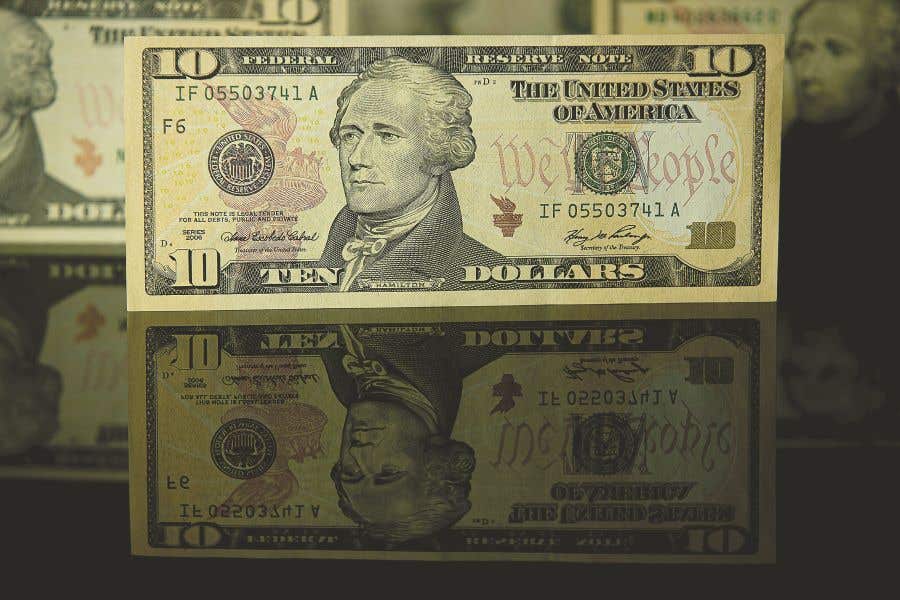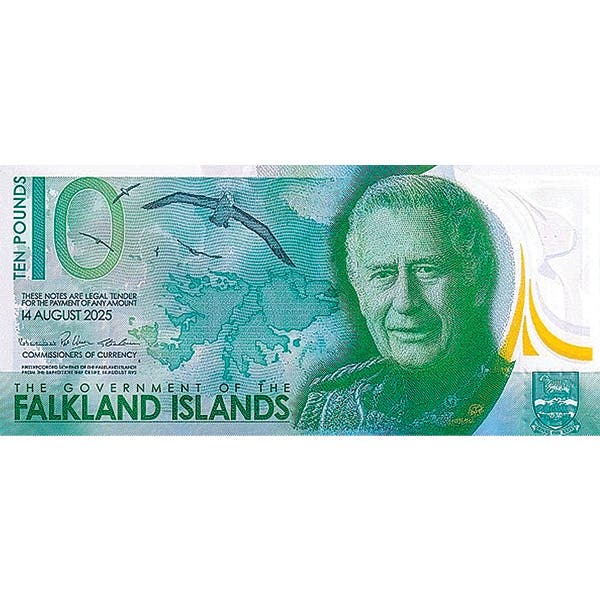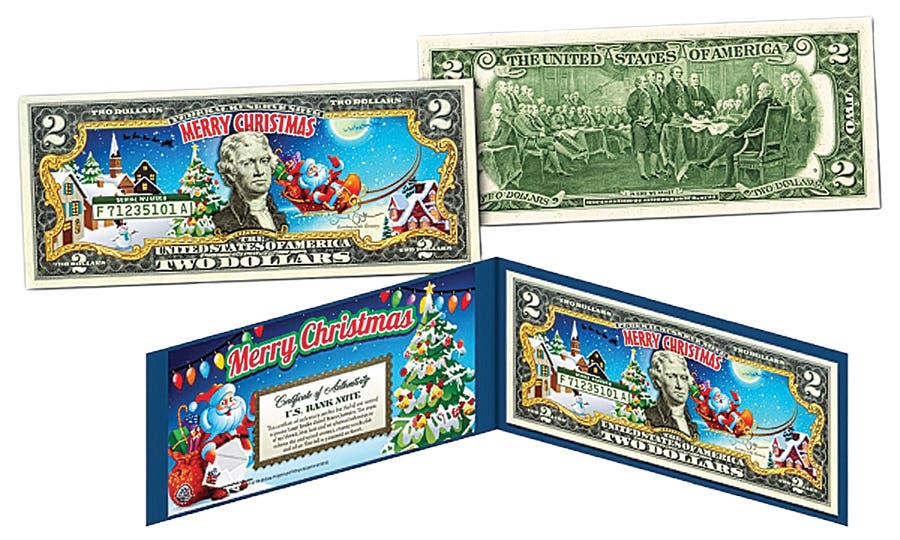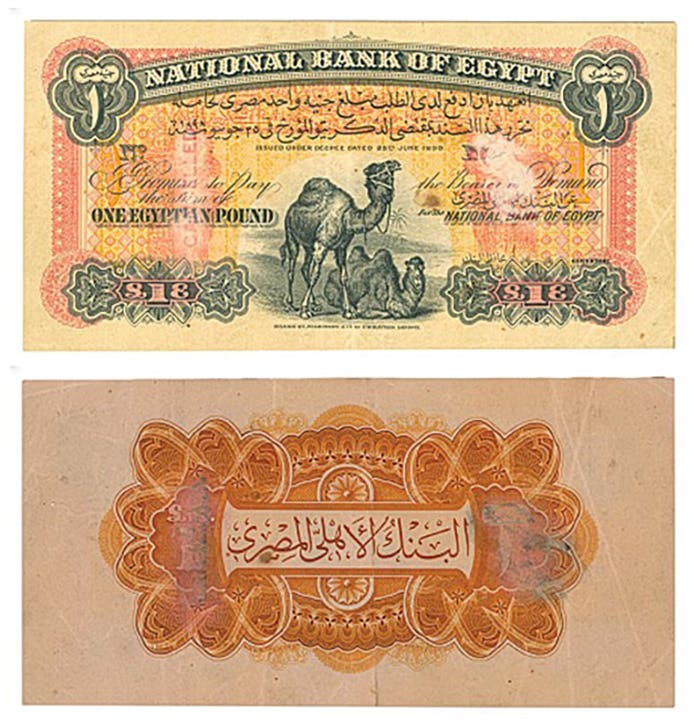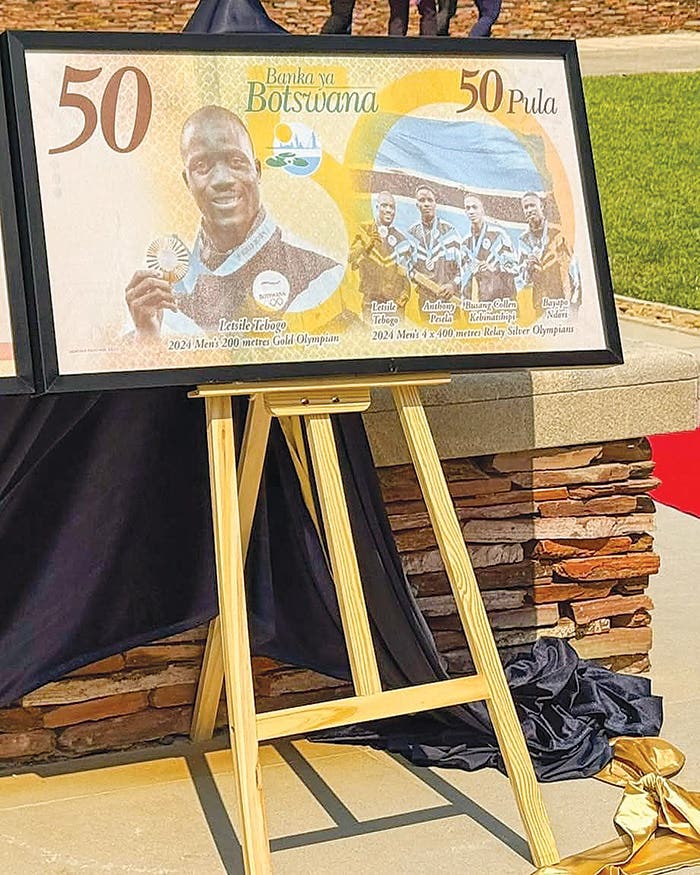Summertime Slowdowns
It’s summertime and the prices are weaker. No big shows going on, so small auction bidding is a bit slow. Small Size notes are a bit down in the Tuesday…
It's summertime and the prices are weaker. No big shows going on, so small auction bidding is a bit slow. Small Size notes are a bit down in the Tuesday night Heritage auctions. The large Stacks Bowers, Heritage, and Lyn Knight auctions present stronger prices, as it would seem they attract more bidders. One example is a $5 FRN 1934B* note that sold for $1,650 as a unique note in XF 40 some years ago and was recently offered in a Bank Note Reporter ad for $350 in very fine. That would seem to be a bargain, although collectors might miss the fine print in a BNR ad. Perhaps interest is waning in older series of notes that are now out of sight in circulation.
Young collectors might want to look for high grade current issues and put them away as investments. Stars are always popular. Silver Certificates are out of circulation and have been for some time but remain strong. $1 1928 series stars are strong, but some 1935 series notes have lost a little interest. High grade 67 and 68 graded notes from the 1957 series recently brought serious prices, but they have waned since a large number of these notes have been certified in recent months.
Mules from the 1935 and 35A groups may still be discovered in dealer’s inventory and are appealing to collectors. A 1928B* Red Seal $2 in high grade is currently being offered and is expected to bring a high bid. I will report on that scarce (4 to 6 known) note when that sale occurs. Red seal $2 and $5 mule notes are also drawing interest. $500 and $1000 notes are holding their recent high prices.
In general, Large Size notes remain very popular, as they serve deep pocket collectors well, while also drawing interest from collectors with shallower pockets. This is because there are wide ranges of prices for many Large Size notes such as $1 Black Eagles, $5 Indian Chiefs, and $10 Buffalo notes. This is because there are rare and common notes in these groups and low budget collectors can secure nice VF and XF examples while more prosperous folks can purchase pricey rarer and high graded examples from these groups.
Nationals provide the same range of values. Collectors can find less expensive Third issue notes or lower graded notes from their state or hometown, while more prosperous collectors may garner high denomination Original or 1875 notes, high grade Lazy Twos and high denomination 1882 issues. Even rags from scarce Charters are coveted.
Fractional notes and Military payment certificates appeal to smaller audiences but have strong appeal to those collectors. I think we paper money collectors survived the 2008 and 2009 downturns better than antique furniture collectors, as noted on Antique Road Show programs, as have collectors of certain watches.
All in all, I think our hobby is in good shape. I think coin collectors share the same characteristics. If you look at error collectors you will always have exciting experiences, as errors keep on occurring for collectors. The errors also may pop up in ATM withdrawals, so there is always a chance for discovery, and you may be the lucky recipient.




